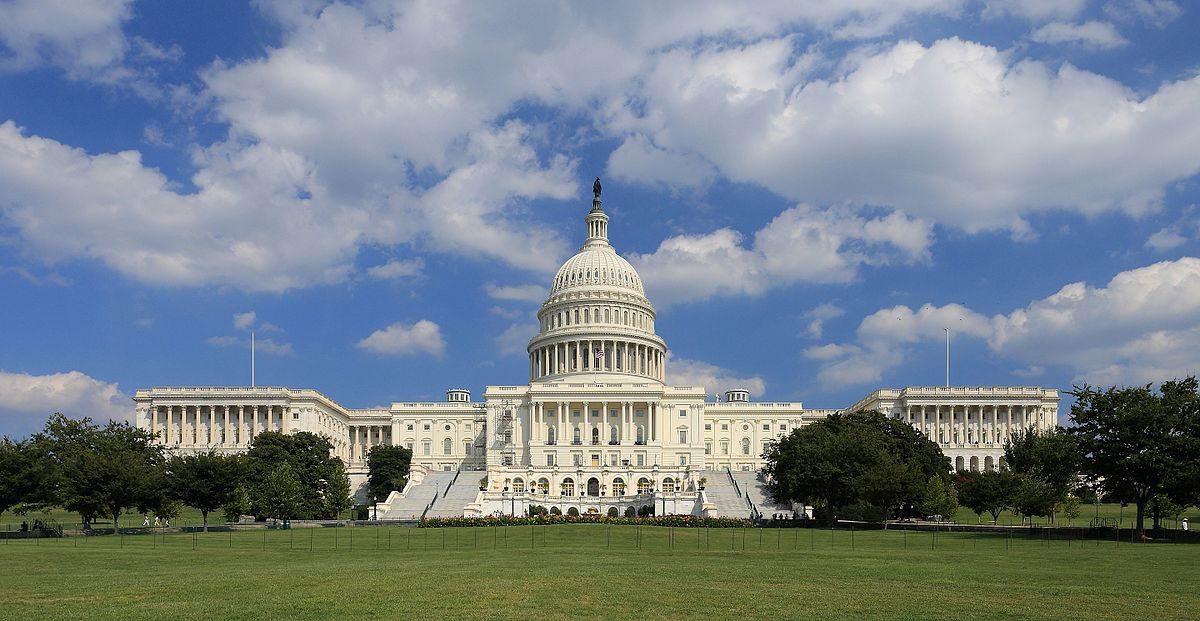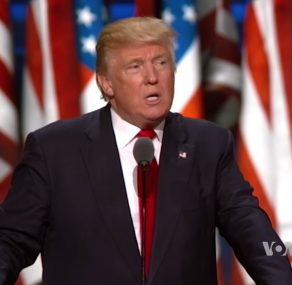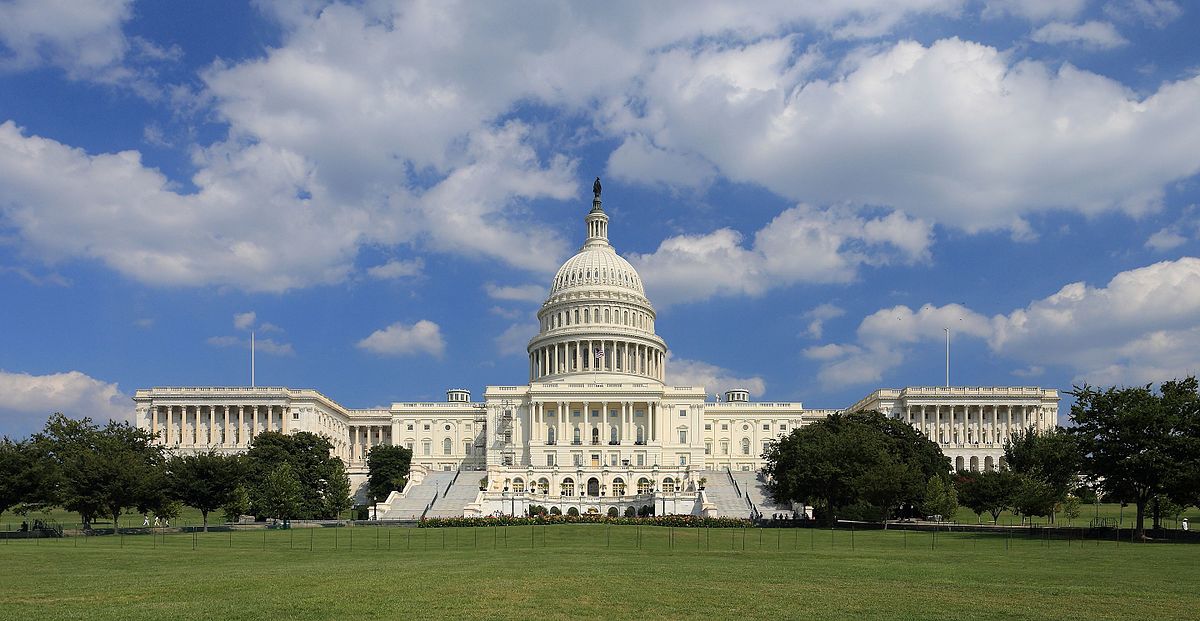Required Retirement Account Withdrawals: Trump Order Intends to Ease Rules

President Donald Trump is considering ways aimed at easing how Americans save and spend in retirement. He has signed an administrative order seeking a review of how RMDS (Required Minimum Distributions) from personal retirement and 401 (k) plans are calculated, and for managers to identify ways in which small businesses can band together more efficiently to provide retirement plans for their workers.
Currently, retirees are eligible for withdrawals or Required Minimum Distribution at the age of 70 ½. The amount must be taken out yearly based on life expectancy charts issued by the IRS. The review of the rules aims at updating the IRS tables and enable account holders to take lower RMDs. The new orders will offer retirees increased flexibility in planning how much and when to withdraw their retirement funds (Roth IRAs have no mandated distributions until following the death of the holder).
According to the Treasury Division, the life expectancy charts were updated last in April 2002. Since then, the life expectancy of Americans has increased, with the average rising from below 77 in 2002 to about 78 ½, information derived from the St. Louis show- Federal Reserve Bank.
In the meantime, small companies are facing challenges in collaborating to give 401 (k) plans as the existing law permits only companies-trade association members to unite in the multiple employer arrangements.
To add to that, it can be burdensome and costly for small companies to establish and maintain retirement plans on their own. According to a research conducted by The Pew Charitable Trusts, it indicates that 22 percent of small-business owners said that their firm lacked the resources to run a plan while 37 percent said that the establishment of such plans is too expensive.
The executive order focuses on Treasury and Labor departments, reviewing paperwork and administrative requirements for employers’ enterprise plans aiming at reducing costs and pushing for adoption of a retirement plan among small companies. The cost reduction will raise the number of employees providing 401 (K)s, despite the participation being voluntary.
The ease of regulations would make it possible for unrelated companies to unite and share administration and associated costs.
Alexander Acosta, secretary to the Labor Department, speaking at the signing ceremony held on Friday at Charlotte, North Carolina noted that there is a possibility of the plans being run by a local, single organization- citing the Chambers of Commerce as an example then they would proceed to the small businesses.
The state is running similar programs that have already cropped or are in the process. For instance, last year officials in Oregon started rolling out the OregonSaves schedule in phases. It is giving the opportunity to employees whose organizations are not offering a retirement plan already to enroll, with 5 percent of their salary deposited into a Roth IRA. Employees can opt out of the program or be able to make adjustments to their withholding rates.
The directive comes as members of the House GPO develop their own retirement savings plan. This measure is part of an extensive tax legislation that is being drafted to ease multiple-employer plans rules. The legislation is set to be initiated in September.







